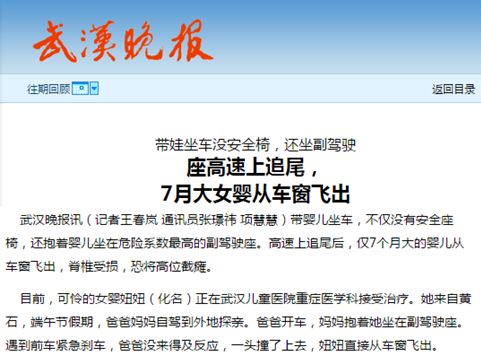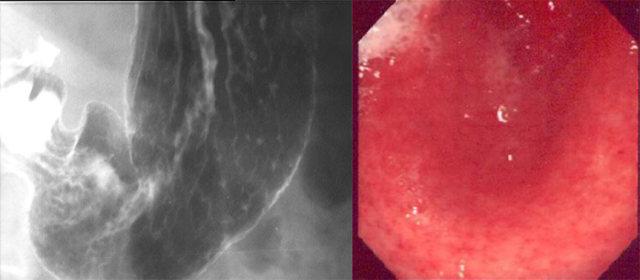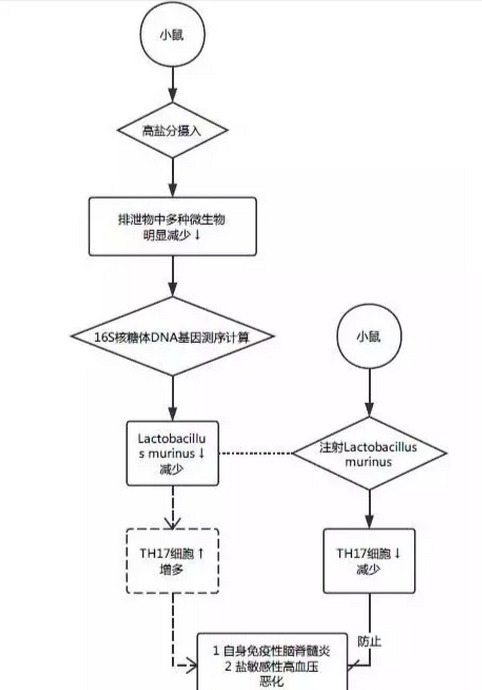Bronchial irrigation with saline solution via a catheter passed through a rigid bronchoscope was first reported in 1927, and the term “bronchial lavage” was coined by Stitt in 1932. Although initially used as a therapy for septic lung disease or pulmonary alveolar proteinosis, lung lavage was subsequently employed to study lower respiratory tract immunity in various animal models in the 1960s and applied to the study of the human lung in the late 1960s and 1970s. A seminal article reporting the application of BAL to the study of secretions obtained from the human lung was published in 1974 when saline lavage of a portion of the lung via a flexible bronchoscope was introduced as a research tool by Reynolds and Newball . Saline lavage of a defined area of the lung became known as bronchoalveolar lavage, and hundreds of articles on BAL appeared in the literature in the 1980s and 1990s as clinical use of the flexible fiberoptic bronchoscope expanded.
The technique rapidly gained acceptance, and a large number of centers began using the technique to obtain cells and proteins from the lower respiratory tract. However, many centers used their own technique for performing lavage, and concern arose that differences in technique could lead to significant differences in results obtained from BAL fluid analysis and the interpretation of such findings. Consequently, several groups established standardized methods for performing BAL. The European Respiratory Society has provided statements on the use of BAL for the clinical evaluation of patients with ILD including recommendations concerning the technical aspects of performing BAL and on standardization of the BAL procedure, and a multi-center, NIH-sponsored investigation conducted under the auspices of the American Thoracic Society in the United States examined BAL cell profiles in patients with ILD and normal volunteer subjects. Specific recommendations regarding various aspects of performing and analyzing BAL were subsequently published. However, these statements were published prior to the use of high-resolution computed tomography (HRCT) of the chest as a routine clinical tool for the evaluation of patients with ILD and before the current classification of different forms of idiopathic interstitial pneumonia (IIP) had evolved to become the system that is currently accepted. Despite the promotion of BAL standardization in Europe, the technique has never been standardized on a global basis, and considerable variation in technique and in analysis persists among bronchoscopists and analytical laboratories around the world.
临床胸上段 2012年美国胸科学会临床实践攻略:支气管肺泡灌洗液细胞剖析在间质性肺病中的临床使用
精彩推荐
- 主动防护+被动硬实力,问界新M5 Ultra和Model Y谁能护全家周全?

最近不少家庭和中高端用户开始将目光锁定在智能SUV市场。在众多车型中,有两款尤为引人关注:一款是华为深度赋能的问界新M5 Ultra,另一款则是长期占据话题榜的特斯拉Model...详细
- 从“可用”到“好用且安全”:华为乾崑智驾ADS 4的进阶逻辑

在智能驾驶技术加速落地的今天,行业正面临一个关键命题:如何让辅助驾驶真正从能用跨越到好用且安全?市场上不乏宣称具备高阶智驾能力的产品,但多数仍停留在特定场景下的...详细
- 月销超30万辆、新能源17.8万辆齐创新高,吉利汽车集团为杭马注入中国智造力量

2025年11月2日,吉利汽车2025杭州马拉松在黄龙体育中心正式鸣枪开跑,3万多名跑者参与赛事,用奔跑串联西湖与钱塘江的千年文脉。作为赛事冠名合作伙伴,吉利汽车集团以10月...详细
- 迈向健康新时代:“酶好时光”全国启动大会在嘉兴举行,开启生命科学赋能全民健康新篇章

在生命科学日益成为推动人类健康进步核心动力的今天,健康产业正经历从宏观养护向微观精准干预的历史性跨越。10月26日,以酶好时光为主题的大型全国启动大会在浙江嘉兴隆重...详细
本周热门
- 同仁堂健康双十一活动开启 “象食养医”倡导从健康的时候就关注健康

如果你想了解自己身体的秘密,让健康成为日常的生活方式,保持年轻的状态,实现抗衰老,逆生长的美好愿望,那么今年双十一的这场活动你一定不要错过。11月1日,同仁堂健康...详细





